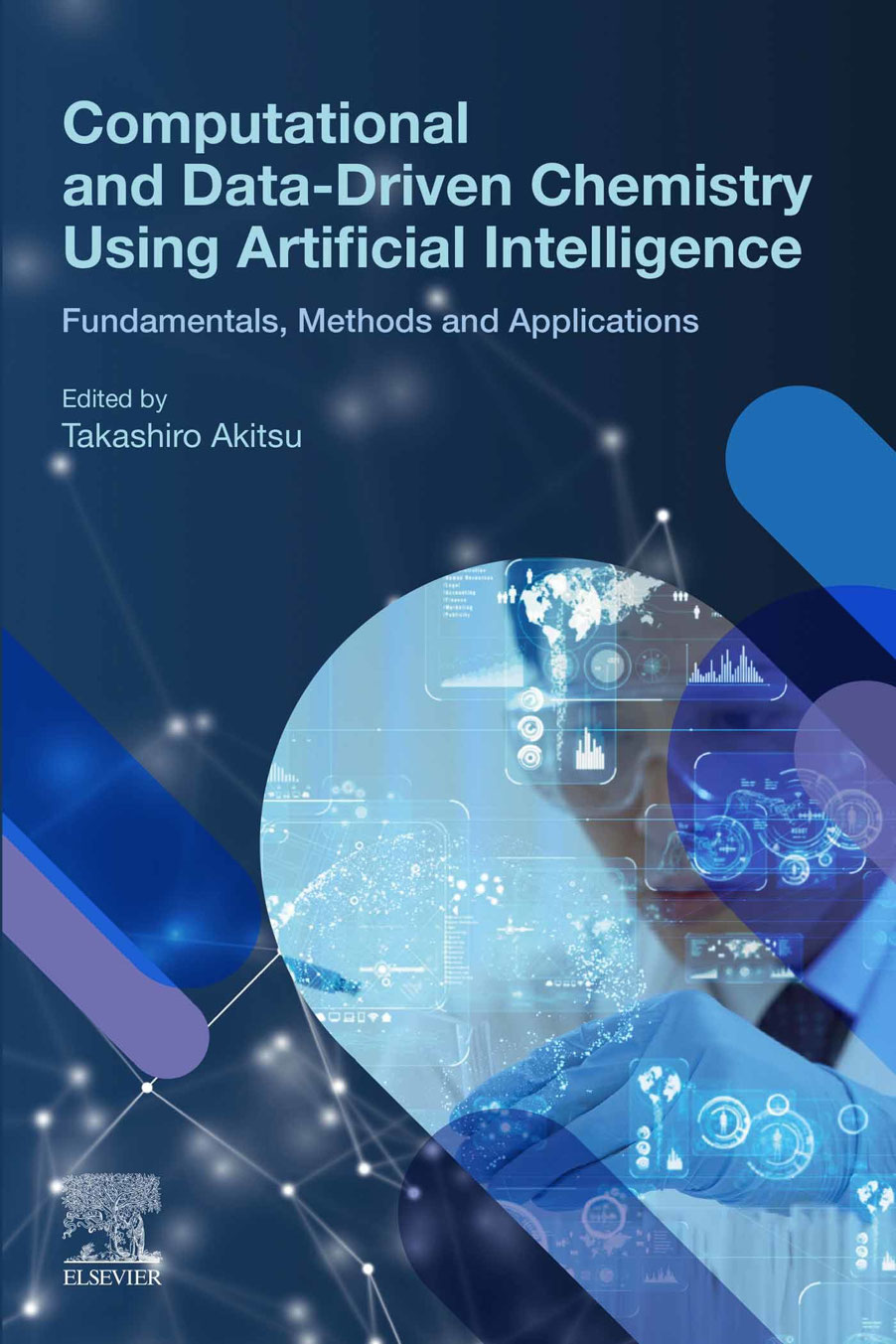
Computational and Data-Driven Chemistry Using Artificial Intelligence
Fundamentals, Methods and Applications
First Edition
Takashiro Akitsu
Department of Chemistry, Faculty of Science, Tokyo University of Science, Tokyo, Japan

UNTITLED
Copyright
Elsevier
Radarweg 29, PO Box 211, 1000 AE Amsterdam, Netherlands
The Boulevard, Langford Lane, Kidlington, Oxford OX5 1GB, United Kingdom
50 Hampshire Street, 5th Floor, Cambridge, MA 02139, United States
Copyright 2022 Elsevier Inc. All rights reserved.
No part of this publication may be reproduced or transmitted in any form or by any means, electronic or mechanical, including photocopying, recording, or any information storage and retrieval system, without permission in writing from the publisher. Details on how to seek permission, further information about the Publishers permissions policies and our arrangements with organizations such as the Copyright Clearance Center and the Copyright Licensing Agency, can be found at our website: www.elsevier.com/permissions .
This book and the individual contributions contained in it are protected under copyright by the Publisher (other than as may be noted herein).
Notices
Knowledge and best practice in this field are constantly changing. As new research and experience broaden our understanding, changes in research methods, professional practices, or medical treatment may become necessary.
Practitioners and researchers must always rely on their own experience and knowledge in evaluating and using any information, methods, compounds, or experiments described herein. In using such information or methods they should be mindful of their own safety and the safety of others, including parties for whom they have a professional responsibility.
To the fullest extent of the law, neither the Publisher nor the authors, contributors, or editors, assume any liability for any injury and/or damage to persons or property as a matter of products liability, negligence or otherwise, or from any use or operation of any methods, products, instructions, or ideas contained in the material herein.
Library of Congress Cataloging-in-Publication Data
A catalog record for this book is available from the Library of Congress
British Library Cataloguing-in-Publication Data
A catalogue record for this book is available from the British Library
ISBN: 9978-0-12-822249-2
For information on all Elsevier publications visit our website at https://www.elsevier.com/books-and-journals

Publisher: Susan Dennis
Acquisitions Editor: Anneka Hess
Editorial Project Manager: Lindsay Lawrence
Production Project Manager: Sruthi Satheesh
Cover Designer: Mark Rogers
Typeset by STRAIVE, India
Contributors
Takashiro Akitsu Department of Chemistry, Faculty of Science, Tokyo University of Science, Tokyo, Japan
Golnaz Bissadi University of Applied Sciences Niederrhein, Institute for Surface Technology, Krefeld, Germany
Thomas Cauchy Laboratoire MOLTECH-Anjou, UMR CNRS 6200, UNIV Angers, SFR MATRIX, Angers, France
Kevin Cremanns University of Applied Sciences Niederrhein, Institute of Modelling and High-Performance Computing, Krefeld, Germany
Batrice Duval Laboratoire LERIA, UNIV Angers, SFR MathSTIC, Angers, France
Dea Gogishvili Medicinal Chemistry, Research and Early Development, Respiratory and Immunology (R&I), BioPharmaceuticals R&D, AstraZeneca, Gothenburg, Sweden
Junpei Iwama Department of Chemistry, Faculty of Science, Tokyo University of Science, Tokyo, Japan
Masato Kobayashi
Faculty of Science & WPI-ICReDD, Hokkaido University, Sapporo
ESICB, Kyoto University, Kyoto, Japan
Thierry Kogej Hit Discovery, Discovery Sciences, MolecularAI, R&D, AstraZeneca Gothenburg, Sweden
Jules Leguy Laboratoire LERIA, UNIV Angers, SFR MathSTIC, Angers, France
Benoit Da Mota Laboratoire LERIA, UNIV Angers, SFR MathSTIC, Angers, France
Eva Nittinger Medicinal Chemistry, Research and Early Development, Respiratory and Immunology (R&I), BioPharmaceuticals R&D, AstraZeneca, Gothenburg, Sweden
Atanas Patronov Hit Discovery, Discovery Sciences, MolecularAI, R&D, AstraZeneca Gothenburg, Sweden
Shi-Ping Peng State Key Laboratory for Physical Chemistry of Solid Surfaces, iChEM, Fujian Provincial Key Lab of Theoretical and Computational Chemistry, and College of Chemistry and Chemical Engineering, Xiamen University, Xiamen, Peoples Republic of China
Hiroshi Sakiyama Yamagata University, Yamagata, Japan
Christian Schmitz University of Applied Sciences Niederrhein, Institute for Surface and Coatings Chemistry, Krefeld, Germany
Christian Tyrchan Medicinal Chemistry, Research and Early Development, Respiratory and Immunology (R&I), BioPharmaceuticals R&D, AstraZeneca, Gothenburg, Sweden
Xin-Yu Yang State Key Laboratory for Physical Chemistry of Solid Surfaces, iChEM, Fujian Provincial Key Lab of Theoretical and Computational Chemistry, and College of Chemistry and Chemical Engineering, Xiamen University, Xiamen, Peoples Republic of China
Yi Zhao State Key Laboratory for Physical Chemistry of Solid Surfaces, iChEM, Fujian Provincial Key Lab of Theoretical and Computational Chemistry, and College of Chemistry and Chemical Engineering, Xiamen University, Xiamen, Peoples Republic of China
About the editor
Takashiro Akitsu is a full professor of chemistry at Tokyo University of Science. He completed his undergraduate school training (chemistry) at Osaka University, Japan and his graduate school training (physical and inorganic chemistry, especially coordination, crystal, and bioinorganic chemistry) at Osaka University (PhD 2000). Following positions at Keio University, Japan, and Stanford University, United States, he moved to his current affiliation in 2008. He has published almost 220 articles in peer-reviewed journals and has presented multiple posters at international exhibitions. Prof. Akitsu has been a peer reviewer of many journals and acted as an organizing committee of several international conferences.
Preface
With the practical application of the third-generation artificial intelligence (AI), the possibility of computational chemistry and chemical researches based on databases are increasing gradually. In a recent decade, indeed, with the development of AI, applications of data sciences for chemistry or materials science including drug design have been reported more and more. In this book, the editor is aiming at editing review chapters mentioning each field (computational, theoretical, and analytical chemistry; database; crystallography; spectroscopy) of recent works from chemistry and informatics aspects including tutorial explanation. Beyond conventional computational chemistry or use of databases, this area is a newly developed field and there are few books summarizing new studies or tutorial information at present. This book may be recommended to graduate students and upper researchers of chemistry, because this area is a newly developed field and there may be few competitors or challengers to use such methods so far. To tell the truth, the editor himself is interested in using it for chemistry, but he is not an expert. Therefore, the editor examined the possibility of using a new method in comparison with his conventional chemistry research style of searching suitable compounds (especially with the help of crystal structure databases and computational chemistry). Ideal goal that I think now is improving conventional (empirical) chemical researches to find the law inductively from systematic data, searching for compounds with desired structures and functions from systematic experiments, and narrowing down candidate compounds by prediction by databases and computational chemistry. While reviewing the style and past research of the authors, one will be introduced to examples of research on AI utilization that may be applicable. While learning about this new style of chemistry research and how it compares with an experiment-centered style, readers will also be provided with low-threshold chemical content and topics, with points of particular interest noted.


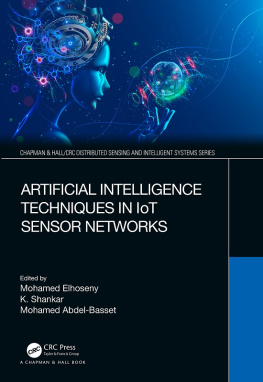

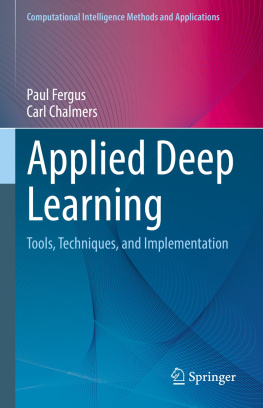
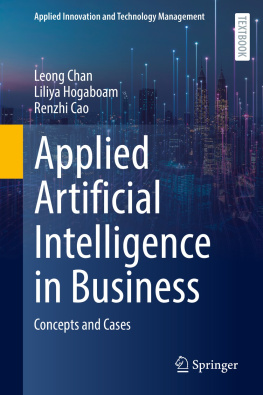
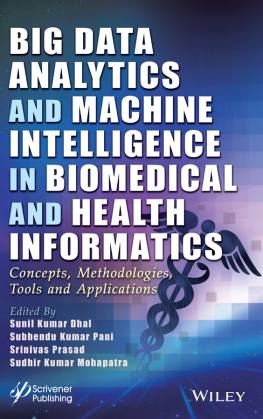
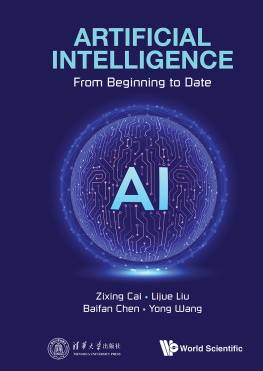
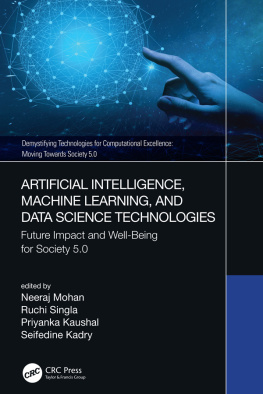

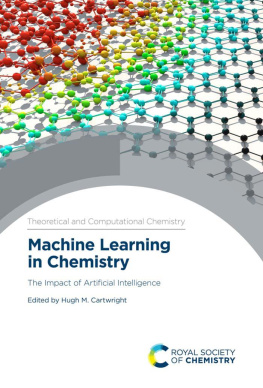

![Jim Sterne [Jim Sterne] - Artificial Intelligence for Marketing](/uploads/posts/book/124040/thumbs/jim-sterne-jim-sterne-artificial-intelligence.jpg)


